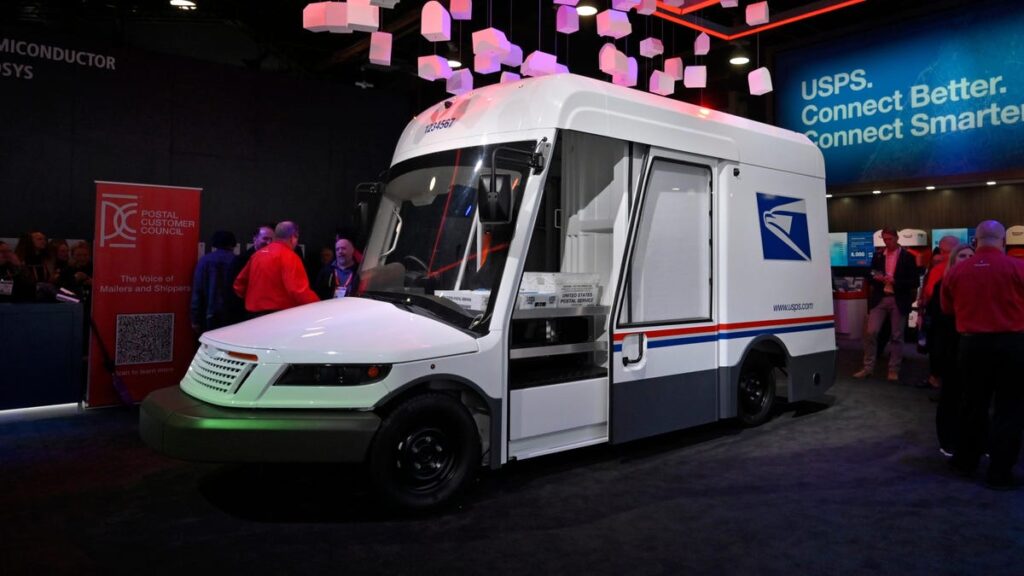The Next USPS Mail Trucks Are Delayed

The United States Postal Service’s next-generation delivery vehicles have reportedly been delayed to June of 2024, according to Reuters. That’s nine months past the prior delivery date of October 2023. Back in March 2022, the USPS reportedly placed an initial $2.98 billion order for 50,000 new delivery vehicles from Oshkosh. A court filing disclosed on Monday shows the delay.
In case you missed it:
Since they were first unveiled to the public in February of 2021, the new mail trucks have faced a lot of criticism. Back in April 2022, over a dozen states and environmental groups reportedly filed a lawsuit attempting to block the Postal Service’s plan to buy mostly gas-powered next-gen delivery vehicles. The lawsuit argued that it failed to comply with environmental regulations.
Initially, the USPS said it would order up to 165,000 vehicles over 10 years in a deal that could be worth at least $6 billion, vehicles meant to replace Grumman LLVs, which went out of production in 1994 and lacked airbags and air conditioning, among other issues.
Then, in August, Congress appropriated $3 billion to the USPS as part of the $430 billion climate bill to buy EVs and beef up charging infrastructure. The White House said the USPS would use $1.7 billion for charging infrastructure alone, and the USPS said in February of this year it would be buying 14,000 charging stations.
A lot of that money will also go to making many of the mail trucks electric, and, in December, the USPS said it would be more than doubling how many electric delivery vehicles it planned to purchase.
The Postal Service now reportedly plans to buy at least 66,000 EVs through 2028, including at least 45,000 of the 60,000 Oshkosh-built vehicles. In early March of last year, we reported that the USPS was also planning to buy 9,250 Ford E-Transit electric delivery vehicles starting later this year. It will also be buying an equal number of gas-powered vans from Stellantis.
The wait, in the end, might be worth it, with the next-gen trucks looking pretty nifty, though it isn’t all that surprising either, given this is a government project. The new trucks hopefully might even last as long as the LLVs.






